Chanousia Alpine Botanic Garden
- Debi Holland

- Sep 19, 2018
- 4 min read

In the summer I visited the Petit Col de Saint Bernard at the Italian French border and stumbled across the most incredible alpine botanic garden: Chanousia. After spending the best part of two weeks actively seeking out wildflowers in meadows, on hikes and mountain bike trails I was overwhelmed to discover this enormous collection of alpines in one place.

Steeped in history and boasting an incredibly large collection of alpines, Chanousia is a living museum and education centre.

Founded in 1897 by Abbott Chanoux, who was head of the nearby Mauritian order hospice, the garden quickly gained fame as it amassed a collection of around 2500 alpine species which had been collected worldwide from all manor of mountainous areas, from the Alps, to the Pyrenees and Himalayas.

Nestled near the Col at 2,170m above sea level this challenging environment is now home to around 1300 alpines species over an area of approximately 10,000 metres.

Understandably abandoned in 1940 due to the war; scientific equipment and research were destroyed and the area became engulfed by weeds.
Eventually in the mid 70's an International Trust, a collaboration between Société de la Flore Valdôtaine, Société d’Histoire Naturelle de la Savoie and various botanists were formed to administer the garden and commence restoration and in 1976 the rebuild began.
The gardens have been constructed to re-create natural high altitude habitats such as moraines, rocks, bogs and wetlands. The botanic garden can be under snow for many months of the year, often until June or early July, so it is a very harsh environment for growing and working in.

Snowfall can range from four to eight metres deep and the garden's average annual temperature is recorded as one degree celsius. So these plants really are tough cookies!

There is such a diverse variety of plants from common staples like Chamaenerion angustifolium, (rosebay willow herb), Achillea (yarrow), Heracleum mantegazzianum (giant hogweed) and Centaurea uniflora (single flower knapweed) to the majestic and statuesque Stemmacantha rhapontica (pictured above) also know as Rhaponticum scariosum (giant scabiosa), Gentiana lutea (yellow gentian) and Cicerbita alpina (Alpine sow-thistle) to the stunning and elusive Leontopodium nivale (Edelweiss), Artemisia absinthium and Artemisia genipi so iconic to alpine ideology and traditions.
My camera was working over time to try and capture as many wonderful alpines as possible. I was filled with awe and wonder at seeing all these incredible plants 'in the flesh.' It brought my alpine field guide book to life! Click the gallery photos to enlarge or run your mouse over the full size photos for a description and plant identification.

The garden is only open July, August and September, snow permitting! So the plants have a very narrow growing window, in fact some have as little a month but when I visited in the last week of August, the garden was a mass of colour and life.
At the furthest corners of the gardens you will find the exquisite remains of the original botanic seedbeds which have been authentically restored. Neatly divided by stone into individual growing plots, the area is maximised to accommodate an enormous number of different species in a relatively small area, each one labelled and representing its own little living museum.
It was an absolute delight to move through the gardens seeing the alpines in their natural habitat. Away from the seedbeds the plants are in larger clumps and drifts around a pond. The gardens have a very natural feel to them rather than appearing staged even though a tremendous effort has gone into recreating different environmental areas.
The garden is broken down into numerous thematic environments: alpine prairie, limestone scree, siliceous cliffs, siliceous macereto, calcareous cliffs, calcareous macereto, megaforbiet, a river, peat bog, wet meadow, pond and seedbeds so every alpine has its specific habitat to thrive in.
The collection has been re-built and expanded largely through collecting seed from alpines insitu across the Alps, sowing at lower altitudes to accelerate growth and then later transplanting to Chanousia.
Another wonderful tradition practised is seed swapping. A seed catalogue (Index seminum) is annually compiled and sent out to alpine gardens worldwide who in turn reciprocate with their seed catalogues and then requests can be made to increase collections.
The Savoie and Aosta valley boast panoramic views encompassing Mont Blanc. Chanousia is truly a unique garden in a truly breathtaking area. If you are ever in the area between July to September make the journey up from La Thuile, Italy or La Rosière, France, you will not be disappointed.
There are two other alpine botanic gardens within driving distance of Chanousia and I hope to visit those in the future:

The little stone museum also houses a guest house on the first floor which is available to researchers wishing to study alpines in the their natural environment. The garden's rely on volunteers and students to maintain the plants.

I hope one day I will return and study them myself.

All photos taken by Debi Holland © 2018









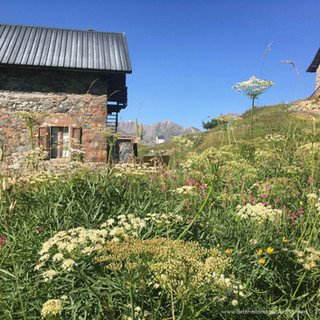











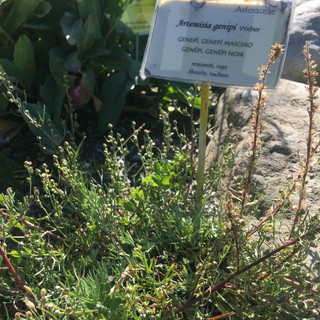



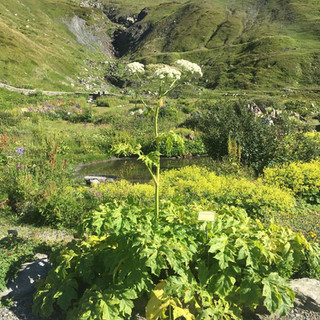
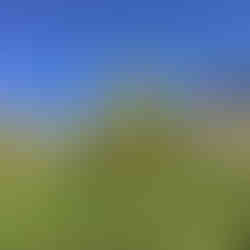



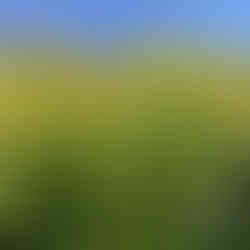


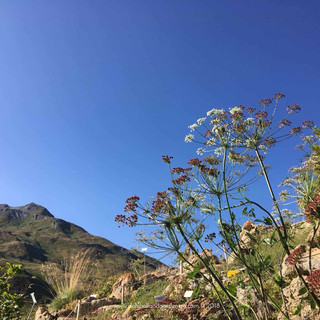

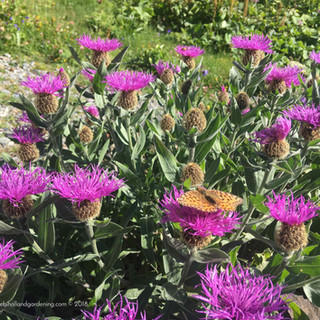

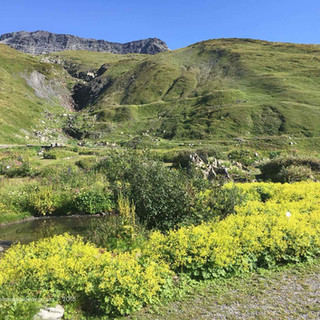



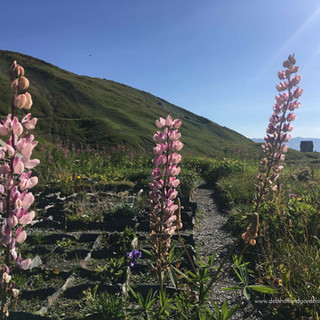


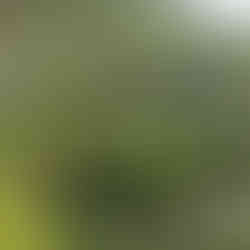

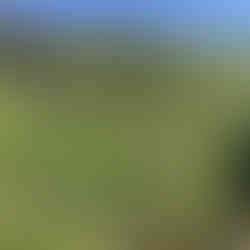

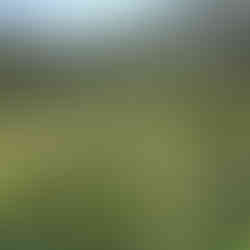


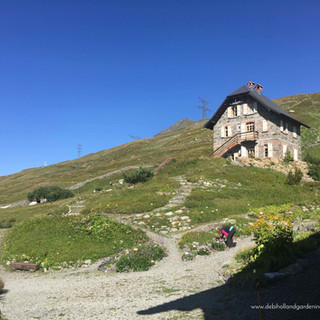





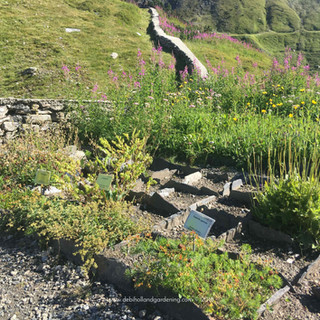












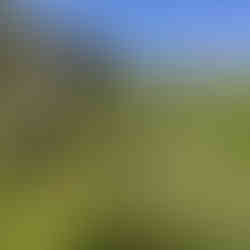

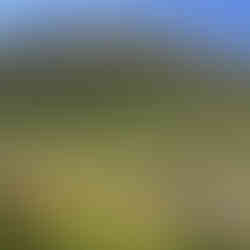


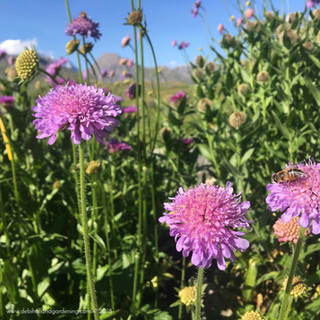



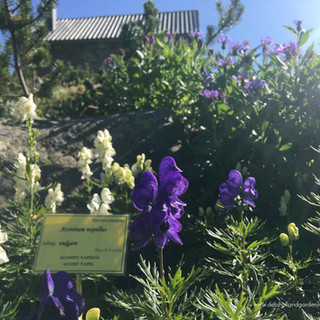




Comments